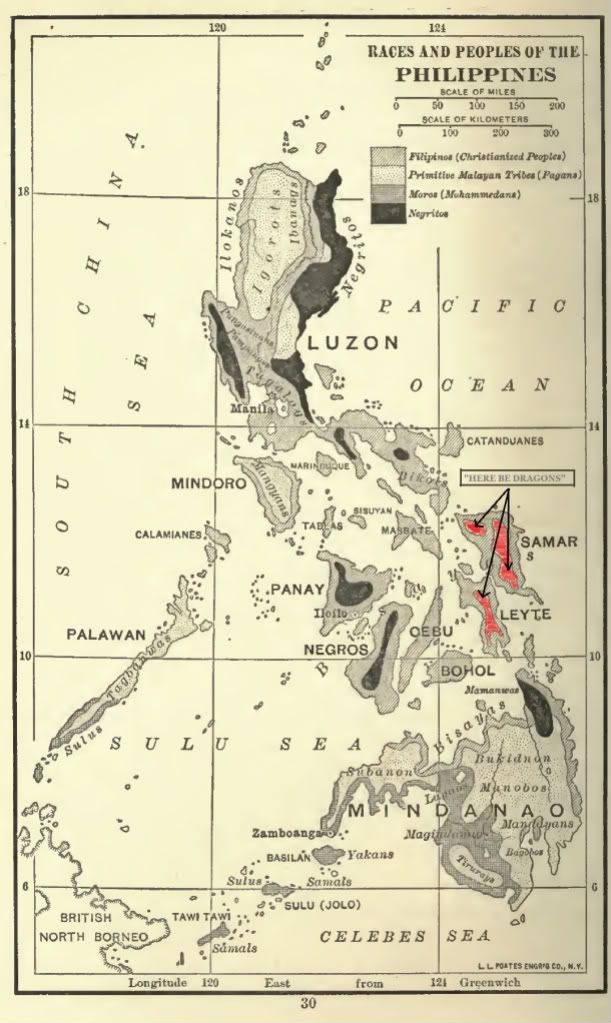
 |
|
|
|
|
#1 |
|
Member
Join Date: Aug 2006
Posts: 608
|
Thanks Robert, Jose, and Detlef for the feedback and input with regards to age, condition, etc.
There are a couple cracks in the scabbard, but as I don't intend on moving it much, I think I can conserve its present state without aggravating any condition issues. Jose - for my own edification, are there stylistic nuances / elements that help you narrow down the age estimate to a decade, and if so, what are they? Seems kind of odd to say, but the proportionality between the hilt and blade seems more graceful to the eye when in the hand than it appears in the photos... 
|
|
|

|
|
|
#2 |
|
Member
Join Date: Dec 2004
Location: Witness Protection Program
Posts: 1,730
|
yup, i'd say late 19th c/ early 20th c... the handle on yours is kamagong, a native hardwood. what you got is a smaller garab, since the blade on these are normally longer; around 18-19 inches. i have a similar type, see the similarities? understand at this point in time, samar was still a dangerous place; general smith just converted the place into a "howling wilderness", so there's no reason for the locals to make trinkets for the visiting soldiers.
the length of the blade on mine is the same: around 15 inches. IMHO, these were the 'sneaky' types... easy to sneak and do the job. still doesn't see the similarity? check the toe on the scabbard. it's the not to common type. congrats! |
|
|

|
|
|
#3 |
|
Member
Join Date: Aug 2006
Posts: 608
|
Howdy Spunjer...
Thanks for the information and for posting your example - the similarities are striking...  BTW, the "howling wilderness" comment reminded me of another post of yours from a thread a few months ago: BTW, the "howling wilderness" comment reminded me of another post of yours from a thread a few months ago:  Detlef - I would indeed appreciate it if you could post your example as well? It would be nice to see other examples side-by-side (so to speak) so as to note similarities and differences... For instance, what marks a Leyte garab/talibon from one from Samar? 
|
|
|

|
|
|
#4 |
|
EAAF Staff
Join Date: Dec 2004
Location: Louisville, KY
Posts: 7,346
|
Bohol was also a nasty place for US soldiers. A group under a particular general (name escapes me now) from Cebu came to Bohol and became the dreaded "bolo men" of Bohol. Only at the end did they surrender and mine is a captured piece from that time and place (attribution written long ago on the scabbard).
|
|
|

|
|
|
#5 |
|
Member
Join Date: Aug 2009
Posts: 338
|
truly beautiful pieces, guys!
What I love about these older talibung/garab are the thickness of the blades. I like! |
|
|

|
|
|
#6 |
|
Member
Join Date: Aug 2007
Location: Germany, Dortmund
Posts: 9,422
|
Here is my modest one. Maybe someone can tell me from where this one is.
Regards, Detlef |
|
|

|
|
|
#7 |
|
EAAF Staff
Join Date: Dec 2004
Location: Louisville, KY
Posts: 7,346
|
Detlef I would say that yours is also an earlier one. I would place it at the early 20th century. These to my knowledge are Cebuano from the island of Cebu.
|
|
|

|
 |
|
|